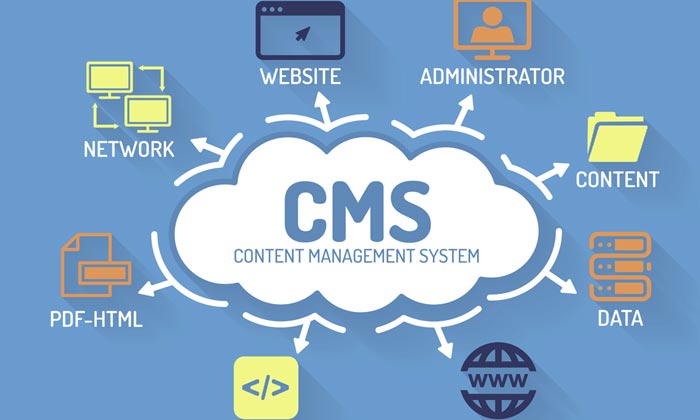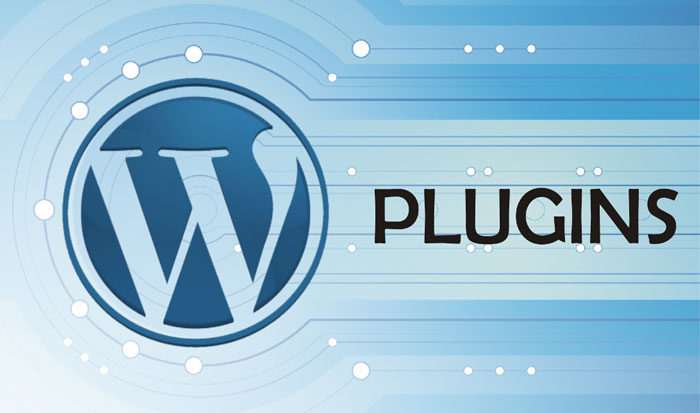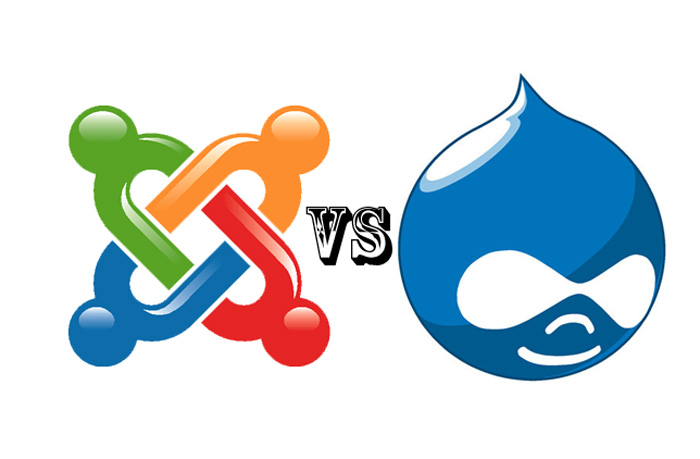Tags: content management system
Content Management System or Static Site: Which Is Best?

Asking whether a content management system (CMS) is better than a static site is a bit like asking whether boots or shoes are the better footwear. The answer is very much dependant on what they are being used for and what the user wishes to do. With footwear, obviously boots are better for hiking, but sandals are better for walking on the beach. When applied to building a website there are circumstances where a CMS is more appropriate and others when a static site would be the best option.
The first difference is the actual building of the website in the first place and how it is done. A static site needs to be designed and coded from the outset, therefore unless the website owner has programming and design skills, this work will need to be contracted out. The programmer you hire will need to have a comprehensive knowledge of HTML and must be happy and willing to work in conjunction with the designer to ensure the functioning and the look of the finished site meets your specifications.
Why Joomla is Trusted by Millions of Websites

The reason Joomla CMS is trusted by literally millions of websites online, is because it is one of the very few that can be used to create, edit, publish and manage content. This is why it is considered a good alternative to employing a full time web design professional. The following are some of the main reasons it is so trusted:
Easy and fast editing – If you are not using a CMS and want to make some edits on the pages of your website, Joomla has your back. Using another CMS may not ensure data integrity the way Joomla can. It does this by locking the content so that no one is able to access or make changes to a document that is being edited apart from the approved person. Since the software uses powerful editors to make changes, the person editing a document will have no trouble making adjustments. In fact, a simple document will seem just like a Word file when it is being changed.
Customizable Core – Even though Joomla’s core is called hackable, that is not a cause for concern. It just means that it can be customized by anyone who has a modicum of knowledge regarding PHP. That’s because this open source software is very clean and quite well documented. It is ‘hackable’ so adjustments can be made to optimize it for a specific reason.
Up the Ante on your Blogs with WordPress Plug-ins

Even if you consider yourself a WordPress guru, you will only go so far unless you install appropriate WordPress plug-ins to fulfill all of your needs. The following are some that are preferred by the CMS community, but whatever you do, don’t try and install all of them. Pick those that seem relevant if you don’t want your website to slow down.
W3 Total Cache
WordPress can be great if you have a lot of content to share, but it can get slow fast if it is not managed with plug-ins or is hit with loads of traffic every day. For instance, once your website hits 500 page views, you will need to start caching them. That way they won’t need to be re-generated each time. You can do that easily with W3 Total Cache. The plug-in is affectionately known as The Swiss Army knife of performance plug-ins since it can manage almost everything from delivery to miniaturization.
CloudFlare
If you are looking for a solution that can fix loading speeds, then you should download CloudFlare. This is a free to use plug-in that can act as a replacement for your current DNS, work as a firewall against malicious requests and can even cache content. Since you will need to modify your domain for it, you may face a little difficulty during installation. However, it will be smooth sailing once you do.
Why You Should Use Drupal for a CMS Website

From personal website to community portals, Drupal has been helping site owners make an impact online ever since it was launched. Offering more than 2,000 themes and design options as well as 20,000 modules, it’s loved by both owners and developers alike. In fact, it serves as the back-end infrastructure for several notable custom websites on the World Wide Web today.
Besides the above mentioned, the following are some of the main reasons why this CMS platform is making waves in its industry:
Highly Customizable – With its vast number of themes, designs, layouts and ease of operation, Drupal designers and web developers have a smorgasbord of choices when it comes to creating custom websites. This includes addressing complex client requirements.
Allows Rapid Deployment – Regardless of complexity, this CMS allows business owners and companies to launch functionalities and core features easily and quickly. Using Drupal, developers can also make changes to their creations even after deployment, which is critical post feedback and when making tweaks according to business requirements.
Pros and Cons of Using Drupal

Drupal has come a long way from its humble beginnings as a simple, open source CMS platform. It has effectively evolved into a strong web development program loved by programmers and developers alike. It’s widely used in 200 countries across the globe, is available in more than 180 languages and is used by the likes of Sony Music, Ubuntu and even the White House!
However, just like any tech, Drupal also has its fair share of downsides along with benefits.
The Pros…
- Customizable – Drupal has a number of design features and development tools that programmers absolutely love. Besides literally 1000s of readymade and customizable themes and templates, it has the ability of streamlining web development. This has proven quite handy for developers, especially those who have to maintain an online presence for ever-changing brands.
- Feature filled – The CMS platform comes complete with a number of features that are designed specifically to cater to serious developers. This includes a comprehensive menu, system admin, RSS feeds to name a few and which can be used to manage large websites as well as blogs. This includes the ability to create new user accounts quickly, which can be tweaked for custom permissions for users.
Joomla vs. Drupal – Which is Better?

Joomla and Drupal may be considered some of the best open source content management software out there, but the one you choose should be based on your specific requirements. Even though they are similar in several aspects, they differ in the type of content they can effectively manage. Of course, that is not to say that either is better than the other, but it’s better to look at what you need first before downloading either one. The following guide can help you narrow down your choice:
Drupal is Best for…
Even though large brands such as Yahoo!, McDonalds and Best Buy use Drupal, they use other software for their main websites. For instance in Yahoo it is used to manage style guides, while it is used to manage Best Buy’s online magazine. It is also preferred in the education sector by universities such as Duke, Stanford and Rutger to name a few who use it for their mail site. In fact, MIT also uses it to manage its media lab since it is very easy to use. The CMS may not be suitable for everybody, but it is still popular with those whose skills are not technically strong.
How to Choose between CMS platforms

Choosing a content management system (CMS) that can fulfill all of your requirements can be a challenging endeavor. Without clear cut requirements, you might be tempted to download the first one that has the fanciest features! The following analysis will help you narrow down your choices to pick an appropriate one:
Check Functionality
Now when most people are looking for a CMS, they look for one that can help them edit, organize, create and manage content on their websites. This is an incorrect assumption since not all content management systems are capable of all of those features. For instance, not every blogging platform allows users to manage pages in a hierarchy. Some even go so far as to post blogs at random or according to date. This may be ideal in certain circumstances, but this limitation can be quite frustrating if you wish to say, post a large DIY tutorial in one go.
Your job is to first ascertain what you need from your CMS along with the basic features you need to make changes if necessary. Be wary of those that do not allow you to accomplish core tasks such as structuring and organizing pages. There are literally thousands of such open source software out there and you will need to test a couple out before sticking to one.